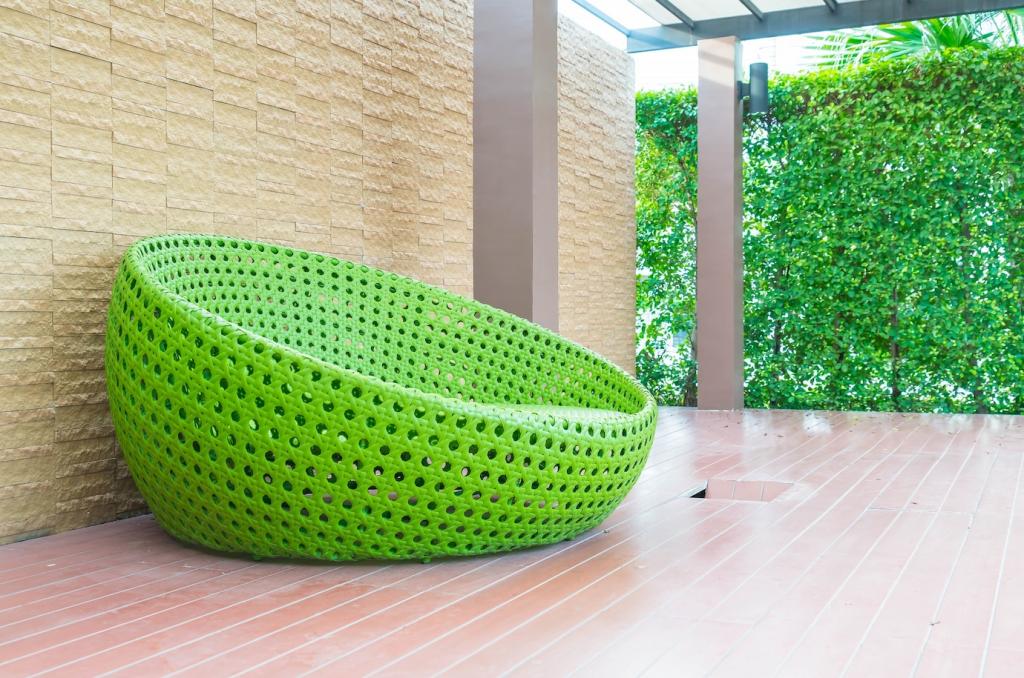
Energy-Efficient Lighting Solutions for Sustainable Interiors
Efficient lighting plays a critical role in shaping sustainable interiors, providing both environmental benefits and aesthetic enhancements. By integrating advanced lighting technologies and smart design approaches, homeowners and businesses can significantly reduce their energy consumption and carbon footprint. Energy-efficient lighting not only conserves resources and lowers utility costs, but it also supports healthier, more comfortable living and working environments. This guide explores innovative strategies, modern technologies, and actionable tips for adopting energy-efficient lighting solutions that align with sustainable interior design principles.
Understanding the Basics of Energy-Efficient Lighting
Light Emitting Diodes (LEDs) and Their Advantages
LEDs have transformed the lighting industry by offering impressive energy savings and remarkable longevity compared to traditional incandescent and fluorescent bulbs. Their energy consumption is significantly lower, often using up to 80% less electricity, which translates directly into reduced utility bills. LEDs are also highly versatile, available in customizable color temperatures and designs to fit any interior aesthetic. Additionally, their robust construction makes them more durable, minimizing maintenance and waste—a crucial aspect of sustainability.
Compact Fluorescent Lamps (CFLs) in Modern Interiors
Compact Fluorescent Lamps represent a step up in efficiency from older lighting technologies while remaining accessible and affordable. CFLs use about 70% less energy than incandescent bulbs and last many times longer, making them a practical choice for homeowners seeking to transition to sustainable interiors on a budget. Their modern iterations have overcome many early drawbacks, such as slow warm-up times and limited color rendition, resulting in improved performance and versatility for various spaces within a building.
Integrating Natural Daylight with Artificial Lighting
Harnessing natural daylight remains one of the most sustainable lighting strategies. By thoughtfully combining daylight with artificial light sources, interiors can achieve a harmonious balance between energy savings and visual comfort. Intelligent design—incorporating windows, skylights, and reflective surfaces—maximizes natural illumination, reducing the need for electric lighting during daytime hours. When paired with efficient artificial sources, this integration supports both wellness and environmental goals inherent in sustainable design.

Strategies for Maximizing Efficiency in Interior Lighting
Layering light involves combining ambient, task, and accent lighting in a single space to address different needs while maximizing efficiency. By targeting light where and when it is needed most, users can avoid over-illumination and excessive energy consumption. This approach allows for tailored lighting scenes that enhance comfort and productivity, using each fixture at optimal output. With the flexibility to adjust as required, layered lighting supports sustainable habits and reduces overall energy use.
The Aesthetic Value of Sustainable Lighting
Enhancing Space with Quality Light
High-quality light influences the perception of space, color, and texture within an interior. Energy-efficient lighting technologies now deliver rich, even illumination that flatters décor and brings out the best in furnishings and finishes. Careful placement and selection of efficient fixtures can accentuate architectural highlights, enhance visual depth, and create focal points—all while consuming less energy. This synergy between form and function epitomizes the aesthetic benefits of sustainable lighting.
Customizing Ambiance with Dynamic Controls
Modern lighting controls enable users to tailor their interior ambiance to suit changing activities and moods, all while maintaining high energy efficiency. Dimmable LEDs, color-tunable systems, and scene-setting controllers offer unparalleled flexibility, letting occupants shift from bright, energetic environments to warm, relaxing atmospheres at the touch of a button. By customizing light levels and tones, these solutions add a dynamic dimension to interiors, unlocking new creative possibilities that align with both personal taste and sustainability goals.
Integrating Sustainable Fixtures into Interior Design
Contemporary sustainable fixtures are designed with both efficiency and visual impact in mind. Designers and manufacturers are offering an expanding array of pendant lights, sconces, and recessed fittings crafted from eco-friendly materials and finished to complement a variety of interior styles. These fixtures not only reduce environmental impact through their materials and manufacturing processes but also serve as design statements within the space. Their presence reinforces a commitment to sustainability without compromising on elegance or creativity.
